Drought Response 2015
What happened:
Unseasonably warm and dry
Environment Canada has reported a deficit in precipitation since the spring time as well as above average temperatures. For example, in June Nanaimo saw only 6mm of rain compared with the normal 54.2 mm. The summer period (June-July-August) saw only 4% of normal seasonal rainfall. Rapid and early snowmelt was experienced in April due to unseasonably warm temperatures.
Lack of snowpack and low stream flows
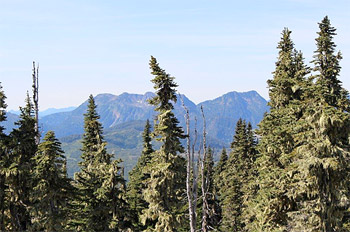
River Forecast Centre reported during the summer period that many streams in our region were close to or below minimum recorded levels. Snowpack levels that usually contribute to spring freshet (snowmelt) in May and June were very low, at 13% of normal in May, down to 1% of normal by the end of June. This, coupled with the early onset of dry and warm summer conditions, impacted river levels across our region.
Drought Ranking: Extremely Dry
Provincial Water Resource Management Branch ranked Vancouver Island as Level 4: Extremely Dry Conditions, from July 3rd to September 3rd to communicate the severity and the appropriate level of response to the drought conditions. This means that water supply was insufficient to meet socio-economic and ecosystem needs; voluntary conservation, restrictions and regulatory response are needed for a maximum reduction of water use. After some late August / early September rains, the Province has reduced the drought level to Level 3: Very Dry Conditions, as of Sept. 3rd.
BC Wildfire Management Branch ranked southern Vancouver Island at an "extreme fire danger" rating from June 17th to August 28th. See the latest ranking here
In such dry conditions, our communities need water reserves for potential fire-fighting, another stress on our water supply, but a highly critical need. The RDN Emergency Planning Department has information on local wildfire protection plans and fire hazard ratings.
Some Local Supplies Stressed
Local community water systems observed an unprecedented spike in water demand earlier than normal in May this year, due to the unseasonably warm and dry weather. This resulted in concerns particularly in RDN Water Service Areas and the City of Parksville with regards to water supply as the high demand continued into June. Dam, river and groundwater levels were approximately one month advanced in terms of reaching low levels sooner. If high demand were to be maintained past June, it was projected that water supply would reach critical levels by late August. This prompted the move to a comprehensive watering ban at the beginning of July, detailed in the section below. Since the watering ban was initiated in Parksville and RDN Water Service Areas, a reduction of around 40% in water demand was achieved. This was crucial for maintaining supply and river flows for fish.
City of Nanaimo and Town of Qualicum Beach have experienced less stress on their water supply, both due to lower demand by residents and more storage / better yielding sources. Nevertheless, the water purveyors in both those communities are still taking action to require and promote water conservation.
What was done:
Local Response
Watering Restrictions have been implemented by the different water providers across the region. The restrictions vary per community, due to the different capacities and operational nuances of the various systems. The intent of watering restrictions is to limit outdoor water use during the dry summer months, to ensure essential supply can be maintained. Generally the restrictions target lawn watering and automatic sprinkler systems. Please click on your community below to find out more:
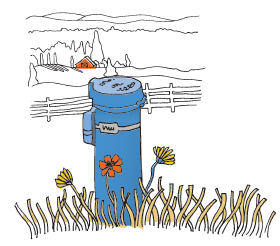 |
|
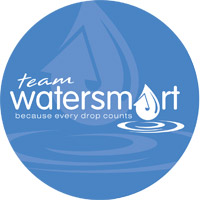
Water Conservation is strongly encouraged of everyone in the region, including those on private wells and therefore not subject to local water service provider watering restrictions. Private wells tap into aquifers that underlie our region and these water sources are shared with many users. Many well owners are among the most water-conscious in the region, taking responsibility to conserve the common resource. Here is a Provincial factsheet on how drought affects your well.
No matter if you live in a water service area or if you are on your own well --- these water conservation tips from Team WaterSmart help you take action to save water!
Provincial Response
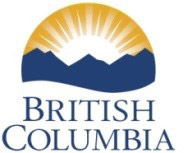
The BC Drought Response Plan guides actions taken preceding, during and immediately following a drought to reduce its impacts. An update on August 12, 2015 was provided for the West Coast Region (link). This covers jurisdictions outside of loval government control, including industry and agriculture.
Please Click Here for the BC Drought Response frequently actions questions page.
Here is a link to the Ministry of Agriculture Drought Management Tips that covers irrigation management, crop management soil management and more.
The new BC Drought 2015 map shows drought levels, the fishing closures, the 7 day average streamflow, and more.
There are also provisions in the new BC Water Sustainability Act that will provide tools to allow for improved water management across the province. It comes into force early 2016.
What's in store:
The long Range Forecast from Environment Canada indicates that El Nino will be influencing our climate this coming winter 2016 with another warmer than normal and slightly drier than normal season ahead. This means the drought we experienced this summer could very likely be repeated next summer as part of a longer-term trend.
Back to back winters with little to no snowpack means groundwater recharge and stream flow contributions could be facing a deficit in some areas that rely on snowmelt for the local water balance. This potentially impacts our drinking water supply in groundwater dependent areas, water for agriculture, and the viability of fish habitat.
We need to plan ahead for the prediction that summer 2016 may be a repeat of what we saw this summer.
Being Prepared:
Monitoring is important to understand the current local situation and longer terms trends to do with water in our region.
The RDN has in place (and is working on implementing more) monitoring programs for:
- Groundwater Monitoring
- Surface Water Monitoring
- Climate Monitoring (webpage coming soon)

Making Changes Together
A Cultural Shift towards more efficient and conscious water use habits is necessary for the well-being of our communities over the long term.
The RDN's Drinking Water & Watershed Protection program has been a front-runner in water education, awareness, science, monitoring, and incentive programs since 2009. This commitment to understanding and protecting our water resources is not prompted by the recent drought but rather is a long-range mandate.

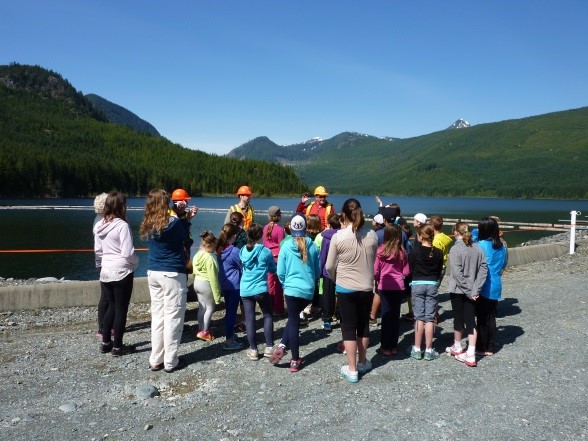
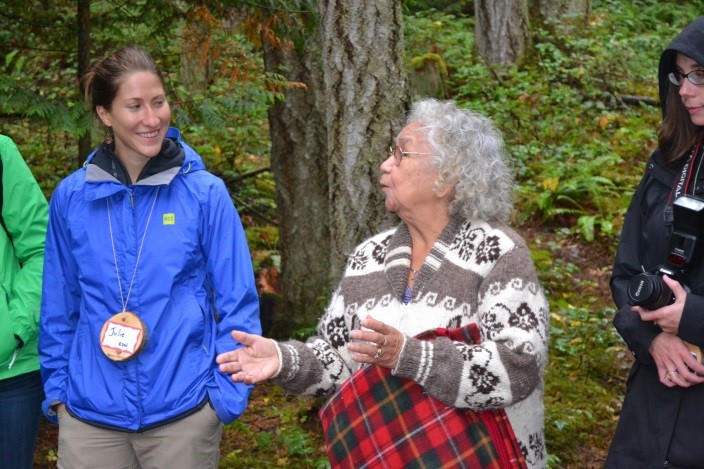
What does a cultural shift to a water smart region look like?
- Reconsider landscaping priorities
- choose drought tolerant plants
- simply let the grass go golden in the summer
- Value and steward the ecology of our creeks, rivers, lakes and wetlands
- keep streambanks vegetated
- refrain from chemical use on our landscapes
- keep run-off on-site where possible
- Innovate and take pride in water efficiency measures
- rainwater collection cisterns
- greywater re-use technology
- soil moisture sensors and drip irrigation
- efficient appliances.
- Establish a deep rooted understanding about the connection between our land practices and the health of our water
- neighbour to neighbour outreach
- dialogue in the public forum
- education for children and adults
- Review water pricing to reflect water conservation priorities (in RDN Water Service Areas)
- target outdoor summer use, which can be 2-3x higher than demand during the rest of the year, when the resource is most stressed
- Update water requirements for subdivision and development.
- review method of "proving water"
- keep run-off on-site where possible
- Work to standardize and improve regional drought communication protocols and water restrictions policies
- continued effort to reduce confusion in messaging across the region
- Collaborate with First Nations and local governments to improve our decision-making process with regards to water protection and management